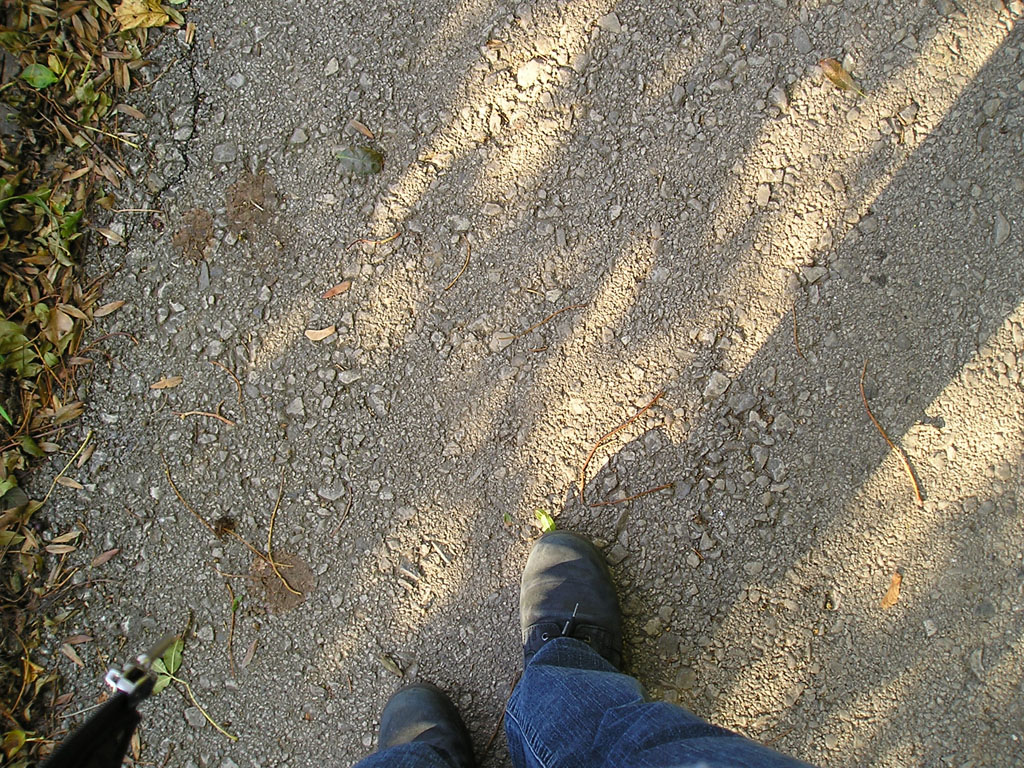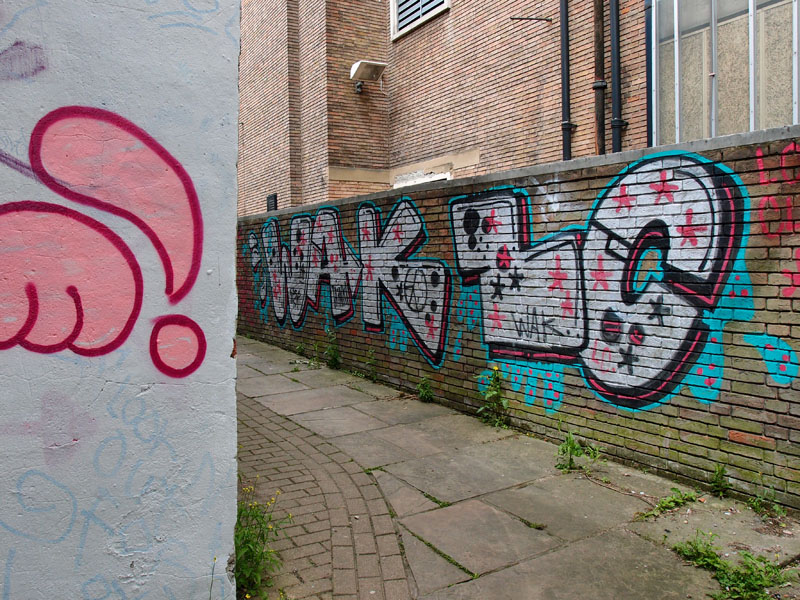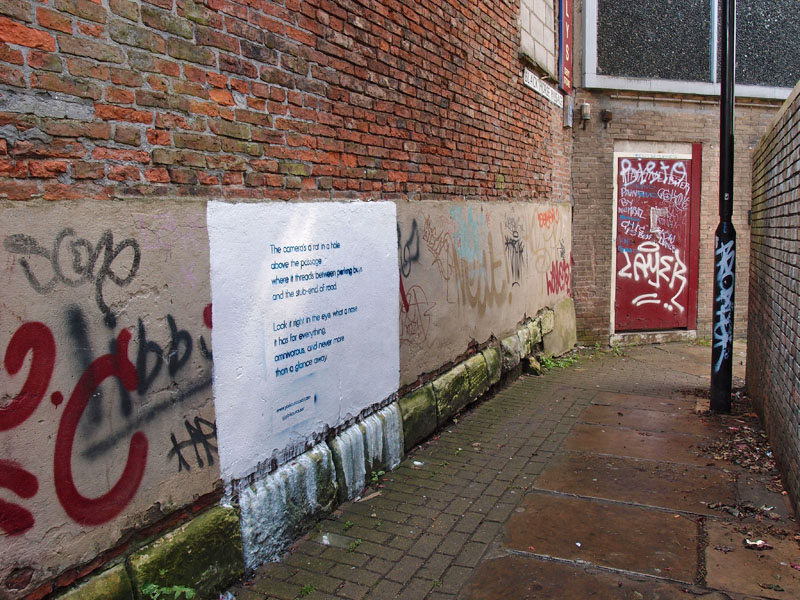“Pedantic perhaps – but when our heritage is being commodified and taken from us, sold back to us as an ‘experience’ then these minor things are quite irritating.”
In June 2015 poems were stencilled onto the walls of some of the city centre alleys and passageways. The named, ancient ones. Straker’s Passage, Mad Alice Lane, etc. It was a repeat of an installation from 2014. Council approved and funded graffiti, essentially. Which in itself is thought-provoking, isn’t it.
The project, like many in recent years, appeared to be aimed at visitors, or recent residents, designed to attract people who didn’t know the city very well, encouraging them to explore its ‘hidden’ corners. I don’t think York residents think of the alleyways and passages as ‘secret’ or ‘hidden’ or ‘unexplored’ — we use them all the time to escape from the tourists and get to places more quickly.
The poems were placed in what I’d call alleys or possibly passageways, or perhaps snickelways if I was writing for tourists. But I noticed that the publicity for the project and the press coverage of it referred to those city centre alleyways as ‘snickets‘ and ‘ginnels’. They’re both terms for cut-throughs, but to this York resident they seemed wrong, in this context of city centre alleyways.
In the York I grew up in, snickets were in the suburbs and ‘ginnels’ were in Leeds or Lancashire. I’d never heard the term ‘ginnels’ until I read, in the late 1980s, Mark W Jones’s now famous ‘snickelways’ book, where he refers to it, as it’s one of the words he used to make his portmanteau term (from snickets, ginnels, and alleyways).
If the project really had been exploring the ‘snickets’, as I understand the term, those poems would have appeared outside the city walls, in the middle of housing estates.
It’s a debatable point, of course, and some years back I was involved in a bit of a debate on Twitter. Starting with the question ‘snicket or snickelway?’ we’d discussed regional variations, and what a snicket was. It seemed that there was general agreement that a snicket was a suburban thing, not a city centre thing. One definition I found said a snicket was ‘partially vegetated’, which is another way of recognising the fact that they usually run between hedges (ie between suburban gardens, often) rather than walls, for all or part of their length.
Does it matter? Well, yes. What we call cut-throughs like this is part of a ‘distinctive local vocabulary’.
“In these times of mass media and global communications, it is comforting to think that regional lexical variation in British English is alive and well—in fact it seems to be right up many people’s alley. When linguists set out to collect distinctive local vocabulary, one of the classic questions informants are asked is “What do you call the narrow walkway between or along buildings?””
(http://blog.oxforddictionaries.com/2014/10/regional-words-alleyway/)
Language changes, of course, and it’s interesting how communities coming in to a place bring new words, how usage changes over time. Having now looked at many articles online referring to snickets/ginnels/snickelways I can see that there’s no longer a shared understanding and usage. It’s another example of local distinctiveness and character disappearing under dominant voices who often represent and describe the place in a way I don’t recognise or understand.
“Pedantic perhaps – but when our heritage is being commodified and taken from us, sold back to us as an ‘experience’ then these minor things are quite irritating.”
If this project really had approached the snickets (of suburbia) with so much studied interest it would have been quite amusing.
But no one would do such a thing as they’re out in the suburbs, taken for granted, overlooked, ordinary. In this city there’s so much focus on the historic core, inside the walls and just beyond, even though the majority of us live outside of it, out in the suburbs, where Arts Council funded projects don’t go.
So we thought we would. We’ve included humble suburban snickets on our recent psychogeographic wanderings.
More info on the snicket poems, and how to contribute, on this link.
By: Lisa @YorkStories


